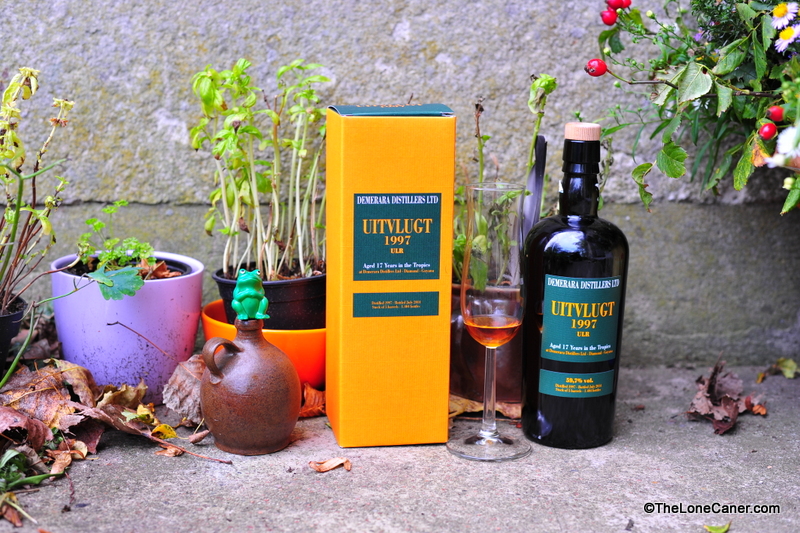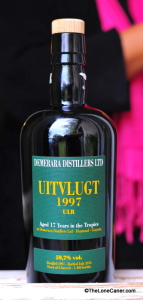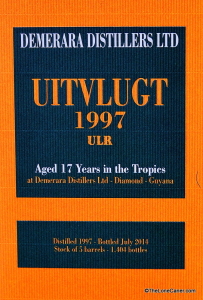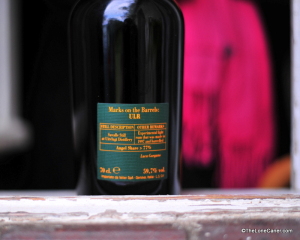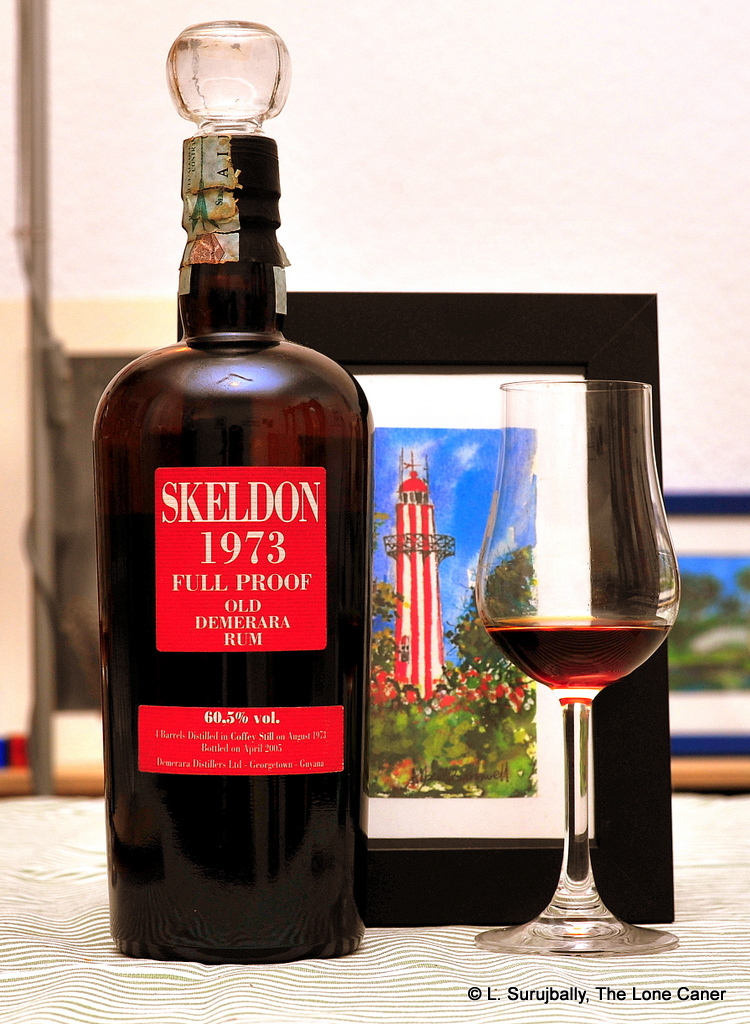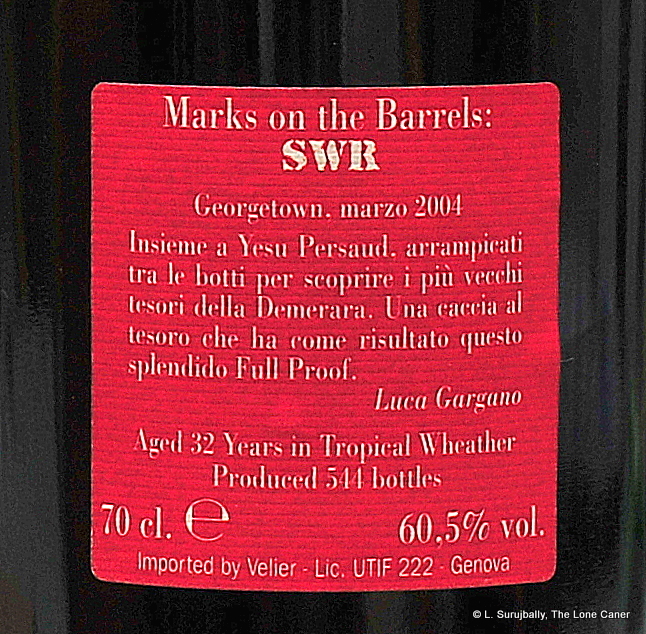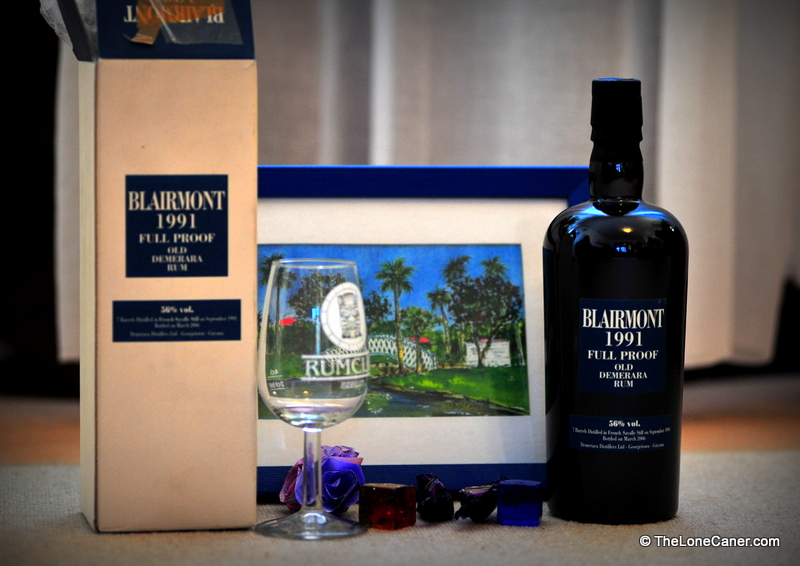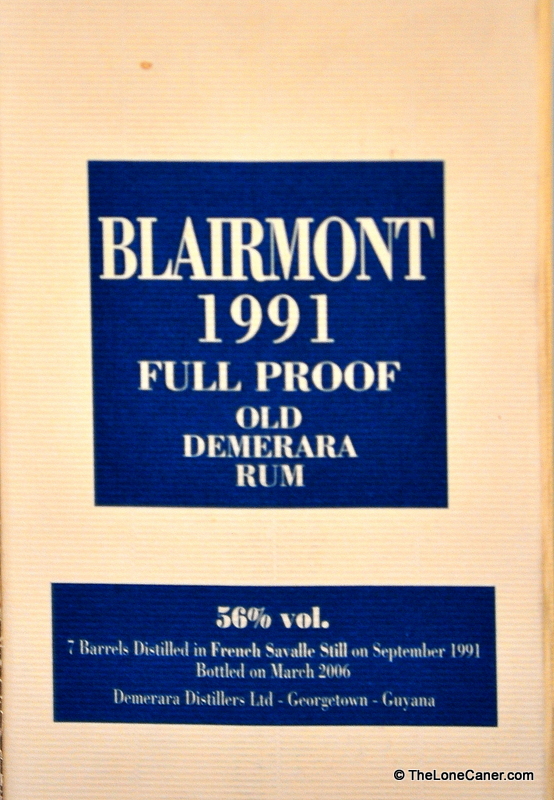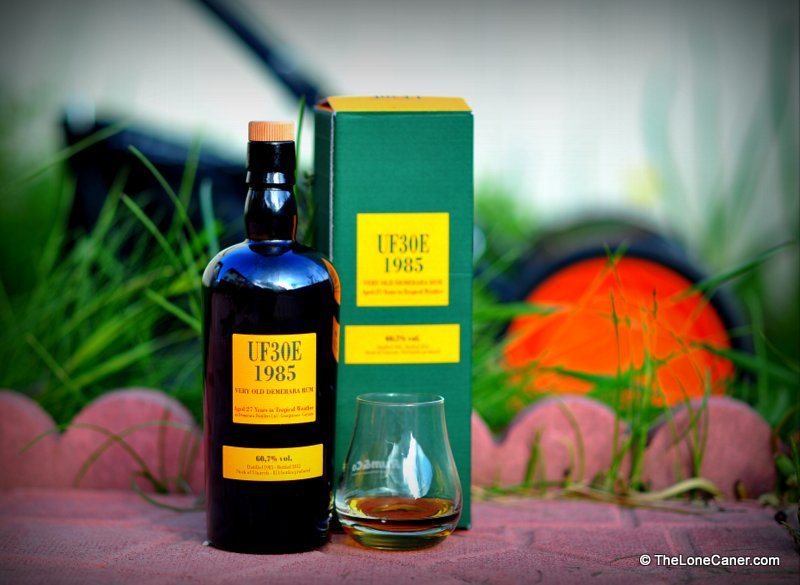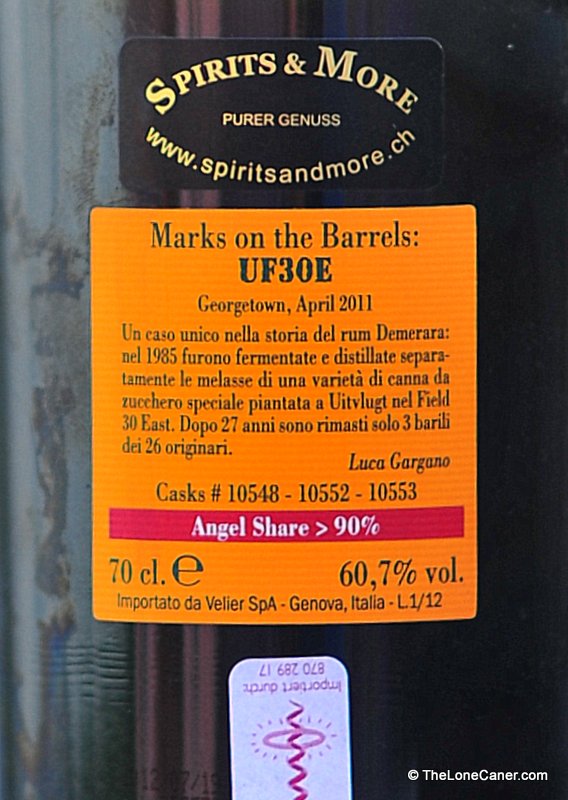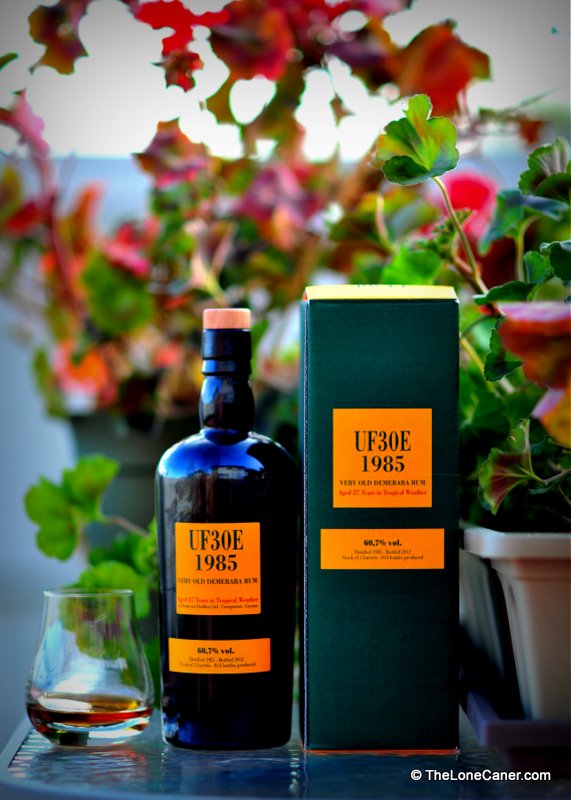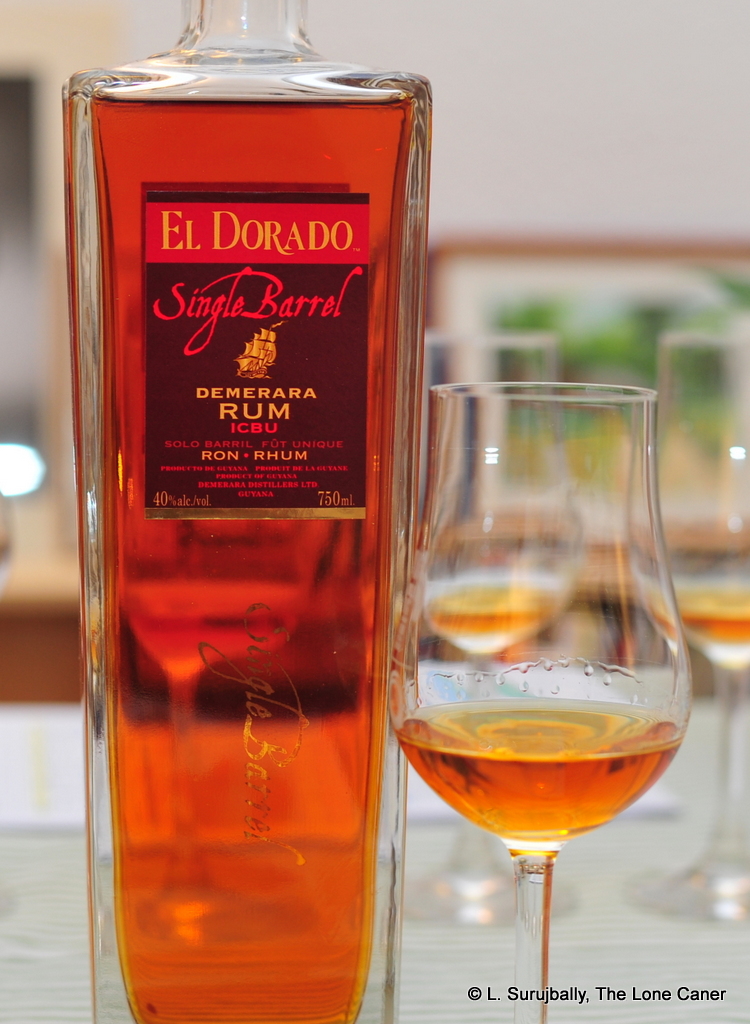More than ever it has become clear that DDL has found a way to fold special editions into its core El Dorado range. I had remarked in the video review of the PM 2009 12 YO that until relatively recently, special limited bottlings did not get much attention from the company, or the public: the Rare Editions which replaced Velier’s iconic Demeraras did not always get serious traction, consumers did not cotton on to the “Colours” quartet, and the 15 YO and 12 YO wine-finished releases were at best modest sellers.
Yet to have cask strength limited editions that showcased the heritage stills had to have been seen as the path forward in the drive to premiumization. And by the early 2020s, we began to see El Dorado rums popping up on the shelves and being touted at rumfests. They were stronger than the norm, remaining in the 12-16 year age range, and showcasing (for the most part) the heritage stills. It did, however, remain the province of the independents to issue truly esoteric marques (not just PM, VSG, EHP or ICBU) like AN, KFM or SWR.
Until, that is, this one came on the scene in 2024.
In one fell swoop DDL tried to marry an almost unknown marque with a high ester rum. Previously high ester spirit had just been pushed into the major aged blends, though any Guyanese would know that the Superior High Wine (which was only sold locally) was mostly from that little-known small still. And LBI (La Bonne Intention – it’s an estate on the East Coast of the Demerara) is enormously obscure, with only a couple of Velier releases from The Age (1985 and 1998 vintages) and a very occasional indie like Nobilis or Nectar of the Daily Drams ever demonstrating the style. As you can imagine, the geek crowd went slightly ape when this came on the scene.
Now for the trivia nuts, permit me a small digression: LBI had a distillery since the 1800s, and a rum from there was judged at the Calcutta International Exhibition back in 1883. Rum continued to be produced until at least 1959, and sometime in the early 1960s distillation was rationalised by Bookers into Uitvlugt (along with several others), with the distillation apparatus that could not be used being mostly scrapped. The distillate in this release must therefore have been put together on a currently existing still, based on stored production records since no still remains in existence from the original estate.
Enough background, then. Quick facts: French Savalle Still for the LBI part, 57% ABV, 12 years old, blended with a high ester rum from Diamond’s John Dore double-retort copper pot still (not the PM, which is of wood). Difford’s notes “in excess of 1500 g/hlpa” for the DHE component, which is unconfirmed elsewhere, but even so…ouch. We are not given details of the proportion of each…not that I expected any, but it would have been nice. Aged in ex bourbon for 12+ years, and that’s all we need. And of course, the question after all that is – what’s it like?
The nose is, in a word, outstanding. It comprises three major components. The first aromas one notices are the esters and congeners, those sweet acidic notes like gooseberries, bubble gum, strawberries and pineapple, with something like attar of roses in the background, and some burnt pimentos, balsamic vinegar and ginger. The second is a more pastry-like smell, of hot croissants daubed with salted butter, fresh from the oven, biscuits and damp sawdust, behind which can be sensed some leather, floor polish, linseed oil and glue. And after all that is said and done and you hang around for a while, you’ll get some sweet spices – cloves, cardamom, cinnamon and vanilla. There is a lot to be unpacked here and it rewards the patient.
The palate is simply strong and very firm, fortunately without any kind of bitchy sharpness. It’s more like a very hot very sweet and very strong black tea. There’s salt, honey, olive oil, brown sugar, salted caramel ice cream, orange peel, sweet soya, and then a repetition of the sweet spices, freshly baked pastries, coffee grounds and unsweetened chocolate…and more of the spices mentioned above. The rum as a whole presents as somewhat dry, but it all leads to a really long, dry, aromatic that sums up the profile quite nicely, but without introducing any new elements.
Well. I must say, I’m happy that this is not a rum which was twisted into some semblance of conformity by some moron’s idea of a formula. It’s quite original, while still hewing to a profile that is recognizably Demerara. To do so was probably the right decision, since, overall, the rum works extremely well. The high ester component is less assertive than the Jamaicans have led us to expect (that’s not a criticism, just an observation), yet it does well to balance off the more traditional flavours provided by the LBI, which, even back then, always seemed to be somewhat indeterminate. Honestly, because of the obscurity of the LBI marque and my interest in any DDL high ester rum, I would have preferred to see each released as an individual bottling. However, it is possible that the LBI distillate didn’t turn out to be anything spectacular, so a blending choice was made to marry the two and create something (possibly) better than either on its own.
I can only say that the final product is really quite good. It costs about a hundred dollars in Canada, so it won’t break the bank; and seems to have distribution in both Europe and the US, although unfortunately the outturn is unknown. For that strength, that nose, those tastes and the overall quality, there’s nothing here that I don’t like. My suggestion would be to park the high ester expectations, enjoy the complexity of the blend, appreciate the strength, and maybe even drop the coin to get one for yourself.
(#1089)(88/100) ⭐⭐⭐⭐
Other notes
- Video recap can be found here.
- Historical notes come from Marco Freyr’s seminal historical work on the Guyanese distilleries, used with permission and thanks.
- Not tested for sugar, but will add the statistic here when I get the bottle home and test it.
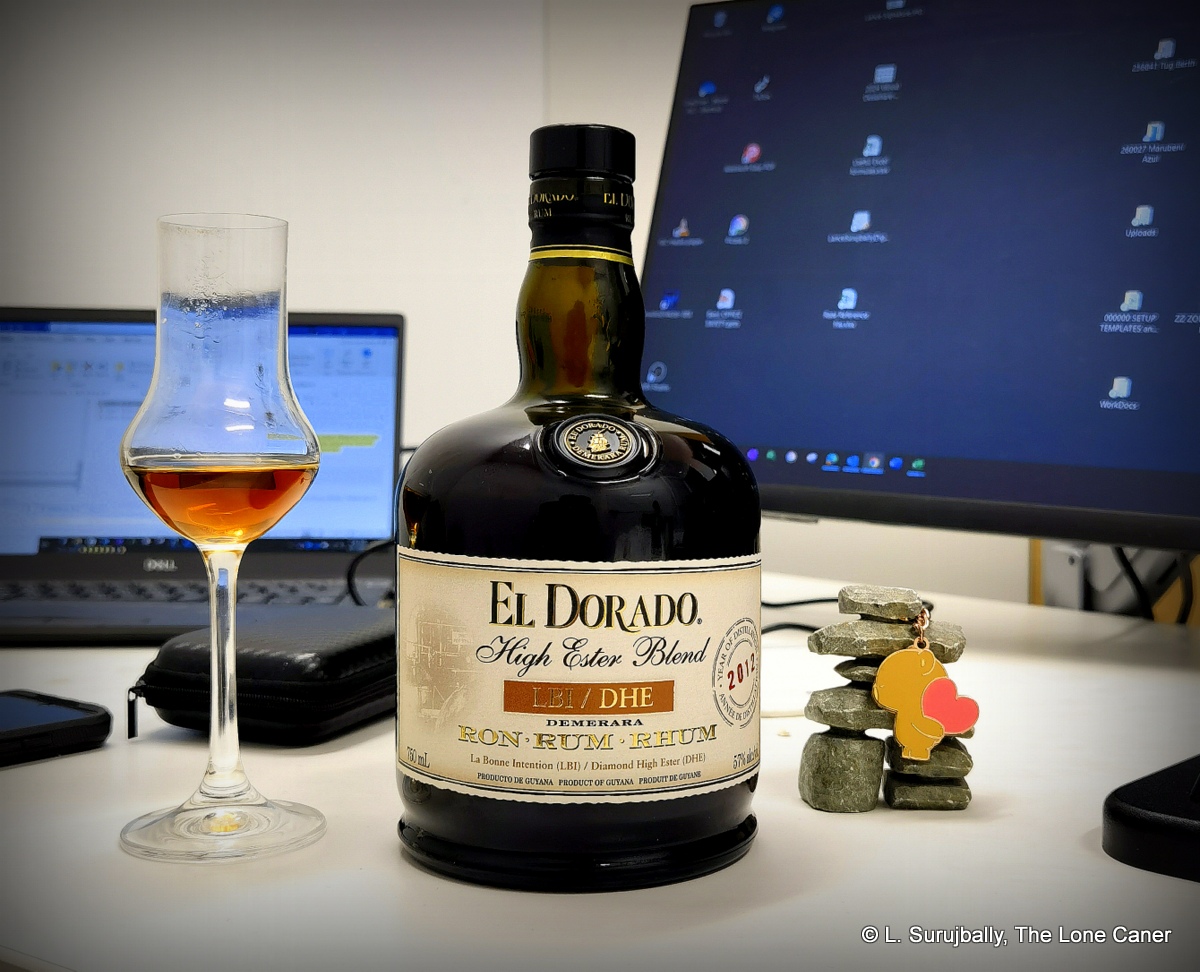
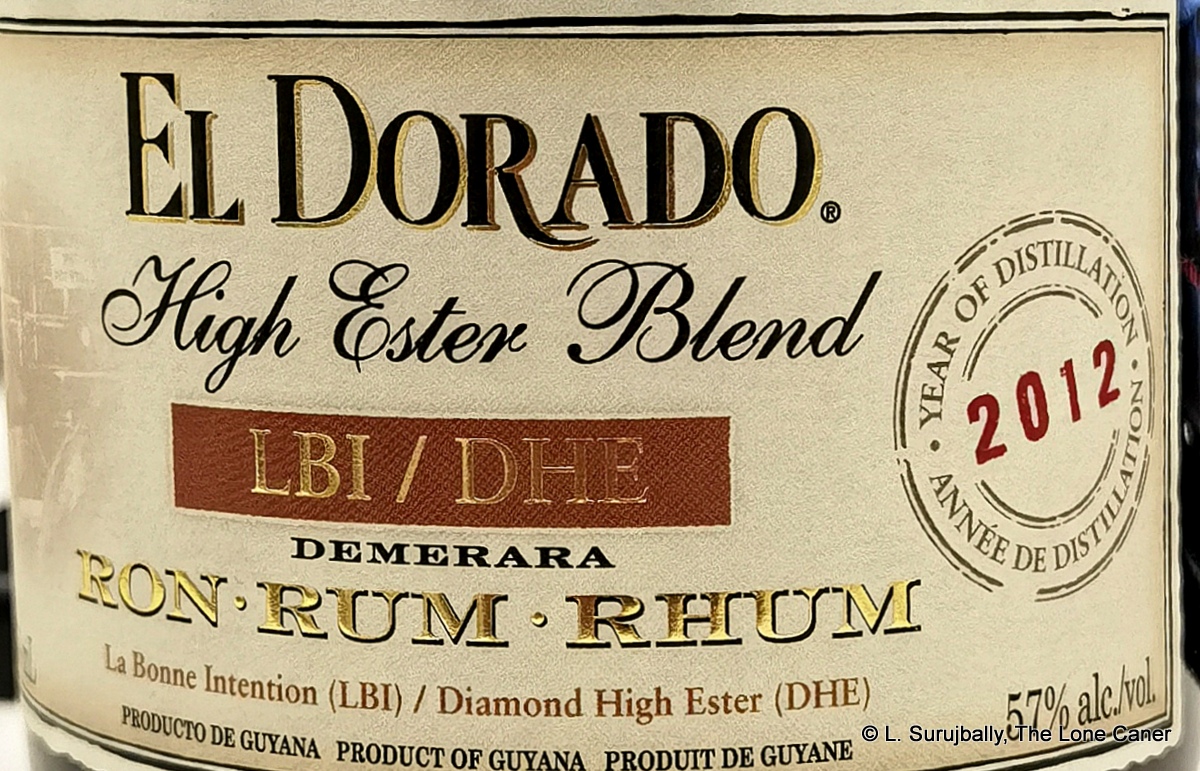
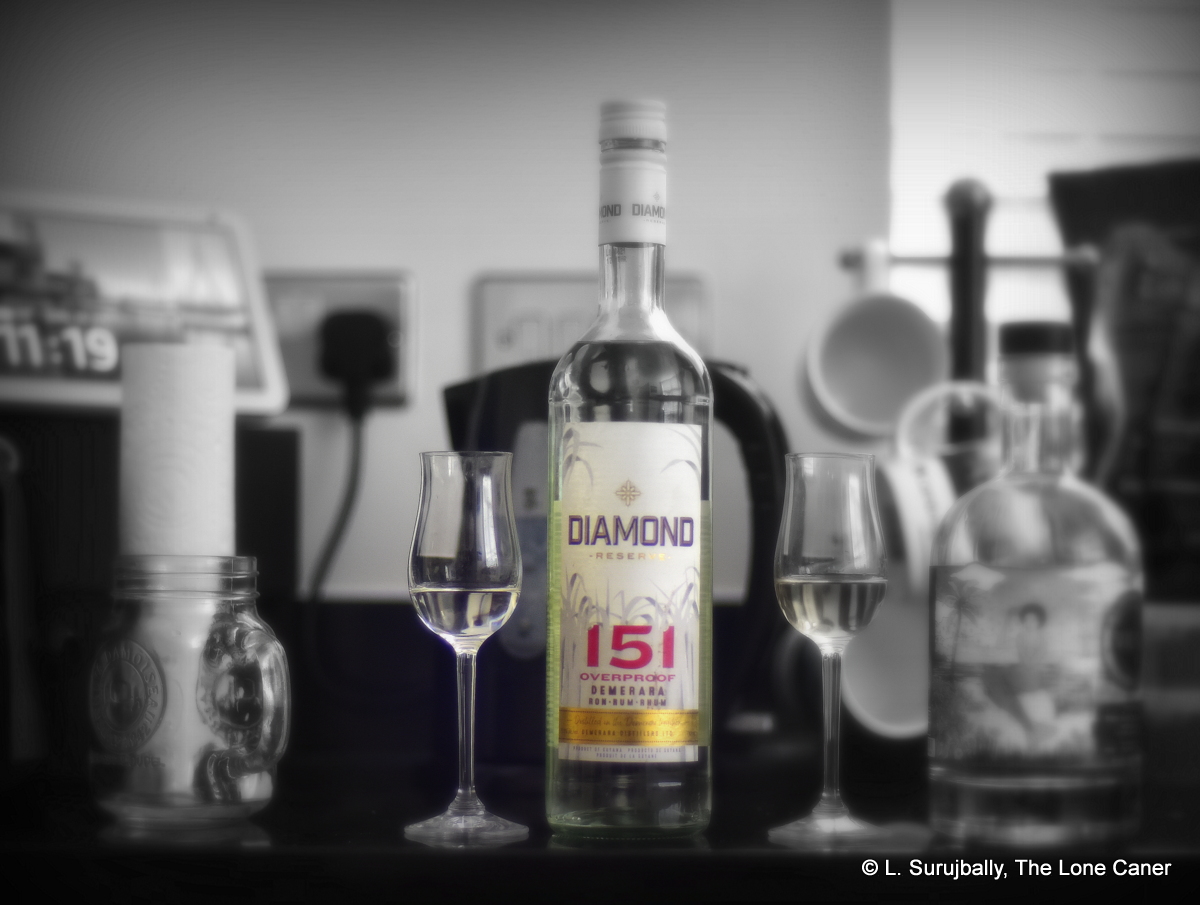
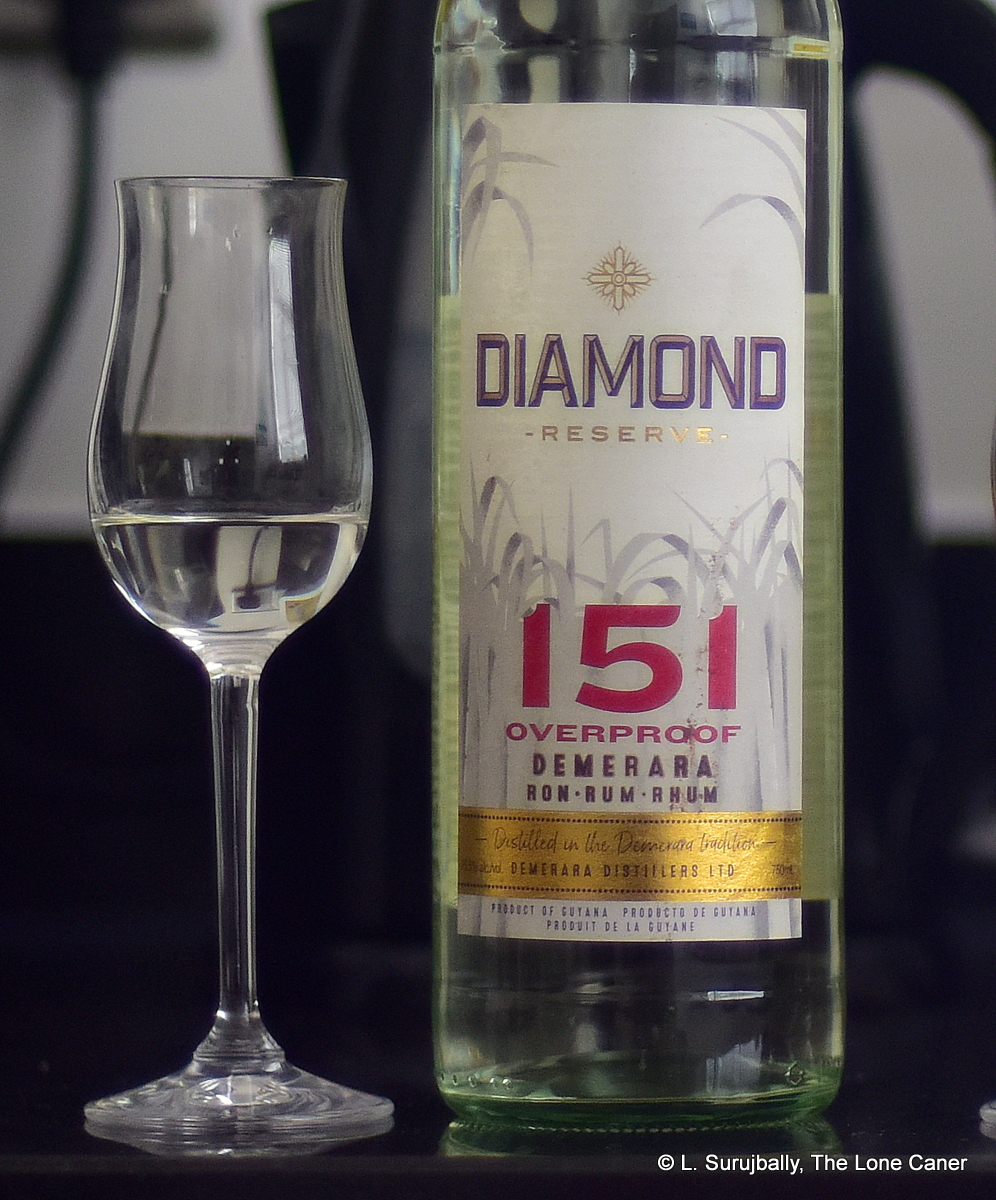
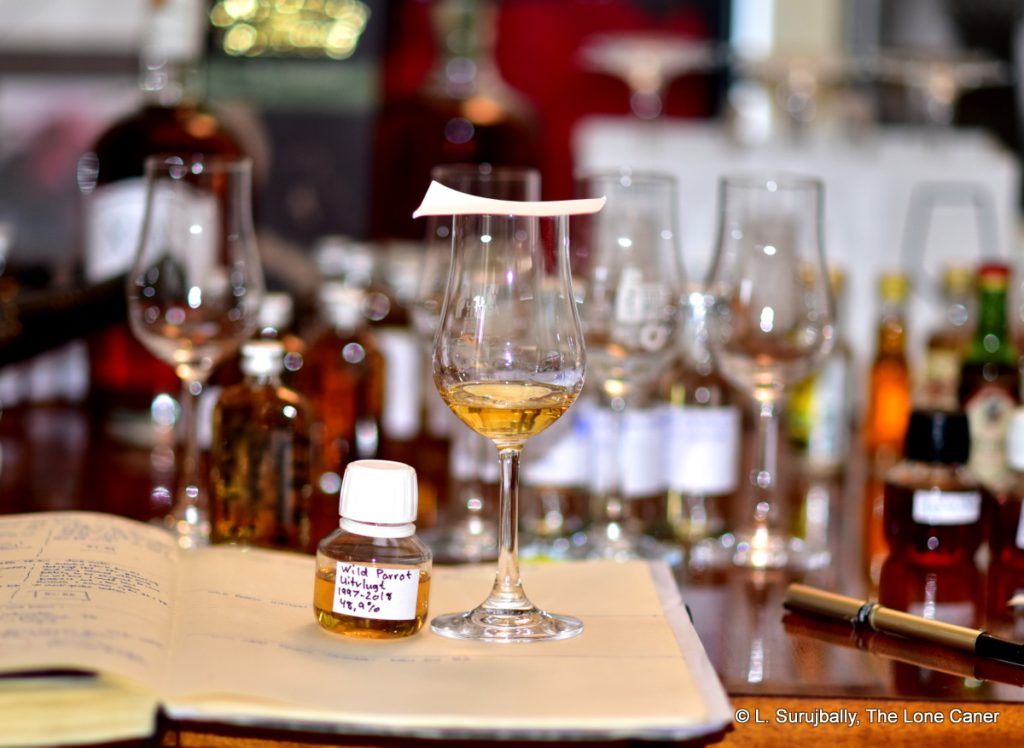
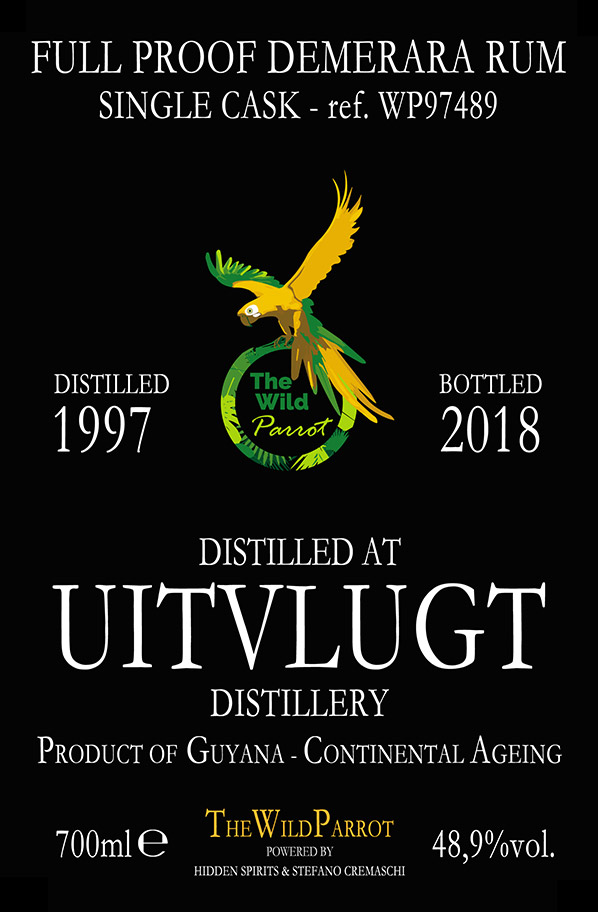
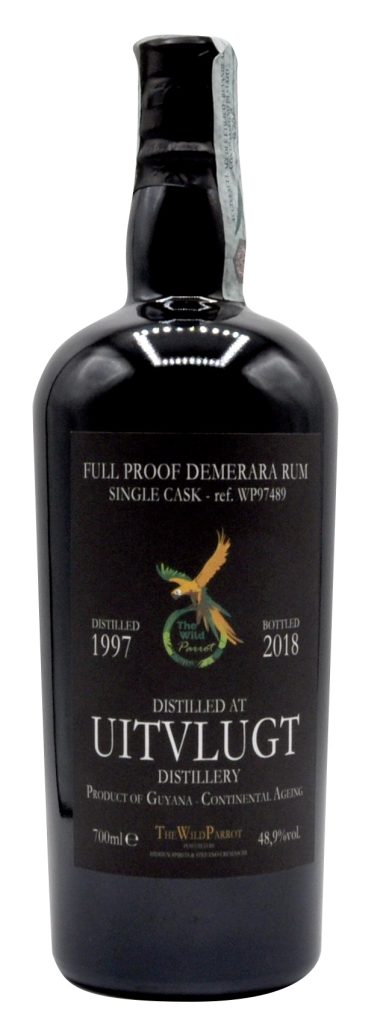
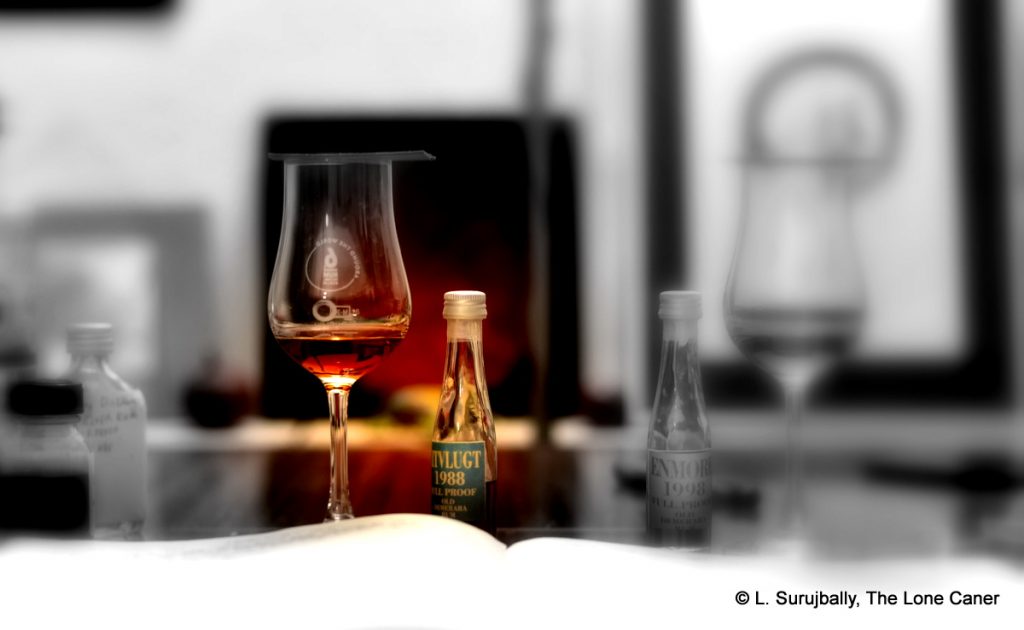
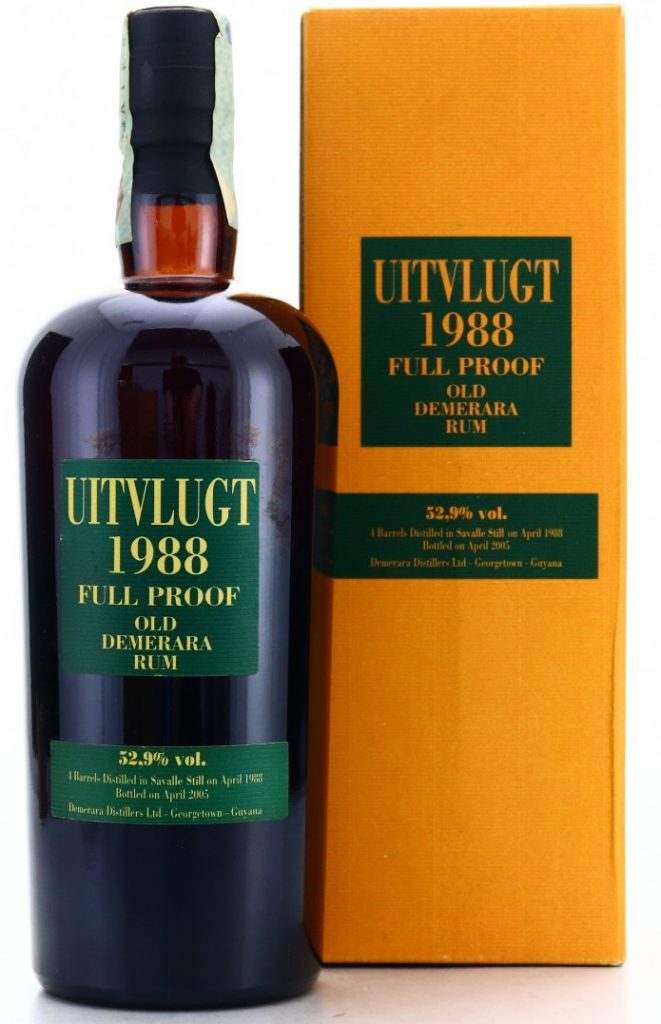
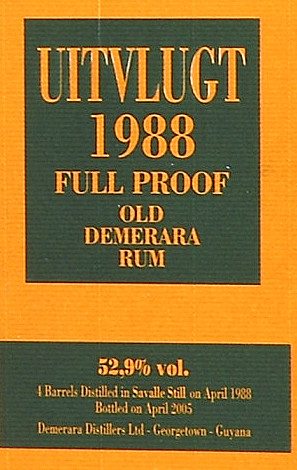
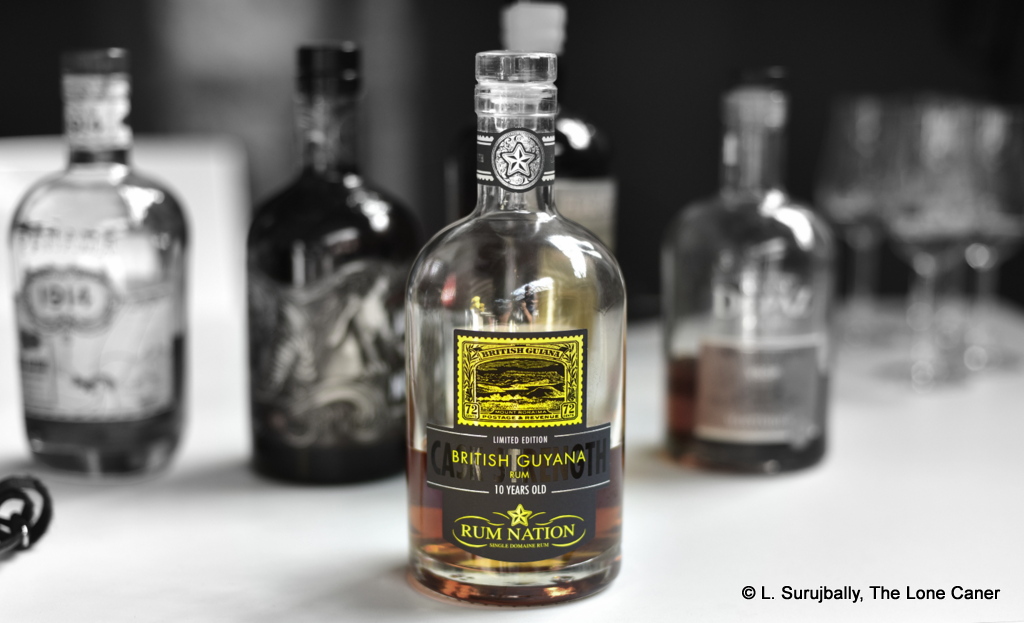
 I do, on the other hand, like the taste. It’s warm and rich and the Enmore still profile – freshly sawn lumber, sawdust, pencil shavings – is clear. Also sour cream, eggnog, and bags of dried, dark fruits (raisins, prunes, dried plums) mix it up with a nice touch of sandalwood. It takes its own sweet time getting the the point and is a little discombobulated throughout, but I can’t argue with the stewed apples, dried orange peel, ripe red guavas and licorice – it’s nice. The finish is quite solid, if unexceptional: it lasts a fair bit, and you’re left with closing notes of licorice, oak chips, vanilla, dried fruit and black cake.
I do, on the other hand, like the taste. It’s warm and rich and the Enmore still profile – freshly sawn lumber, sawdust, pencil shavings – is clear. Also sour cream, eggnog, and bags of dried, dark fruits (raisins, prunes, dried plums) mix it up with a nice touch of sandalwood. It takes its own sweet time getting the the point and is a little discombobulated throughout, but I can’t argue with the stewed apples, dried orange peel, ripe red guavas and licorice – it’s nice. The finish is quite solid, if unexceptional: it lasts a fair bit, and you’re left with closing notes of licorice, oak chips, vanilla, dried fruit and black cake.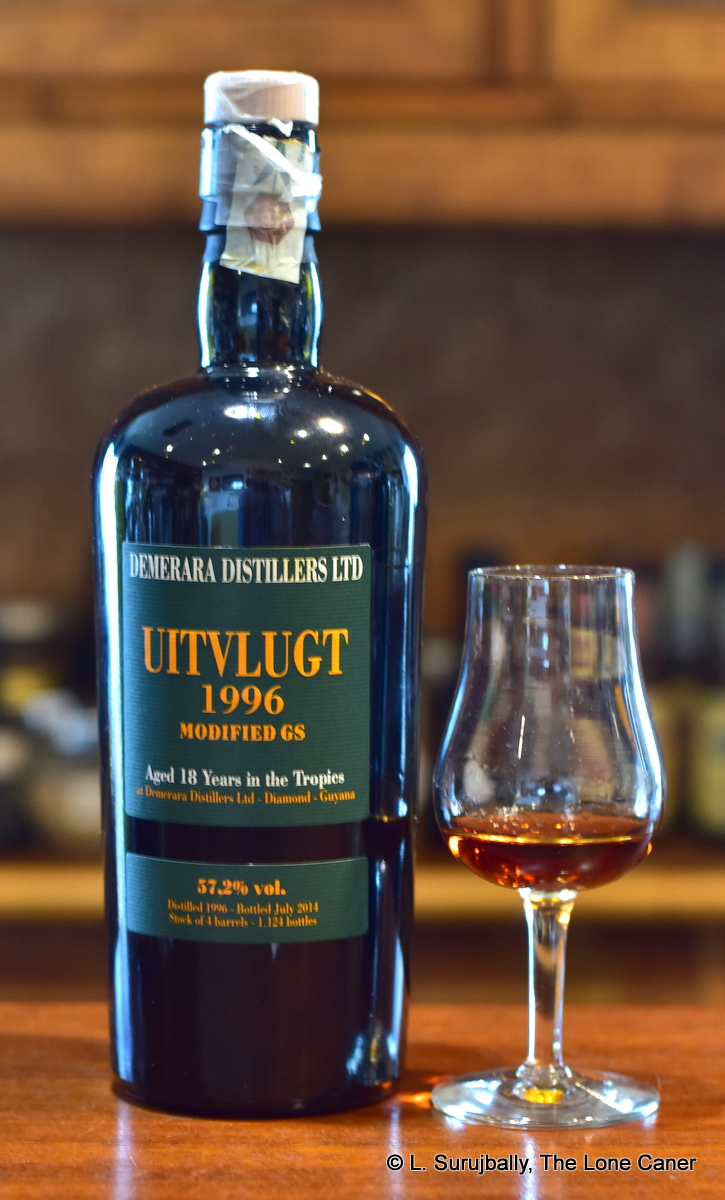 2014 was both too late and a bad year for those who started to wake up and realize that Velier’s Demerara rums were something special, because by then the positive reviews had started coming out the door, the prices began their inexorable rise, and, though we did not know it, it would mark the last issuance of any
2014 was both too late and a bad year for those who started to wake up and realize that Velier’s Demerara rums were something special, because by then the positive reviews had started coming out the door, the prices began their inexorable rise, and, though we did not know it, it would mark the last issuance of any 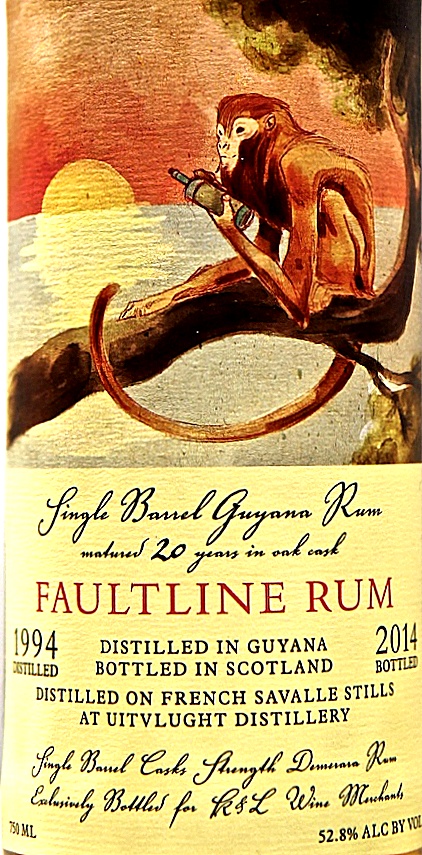
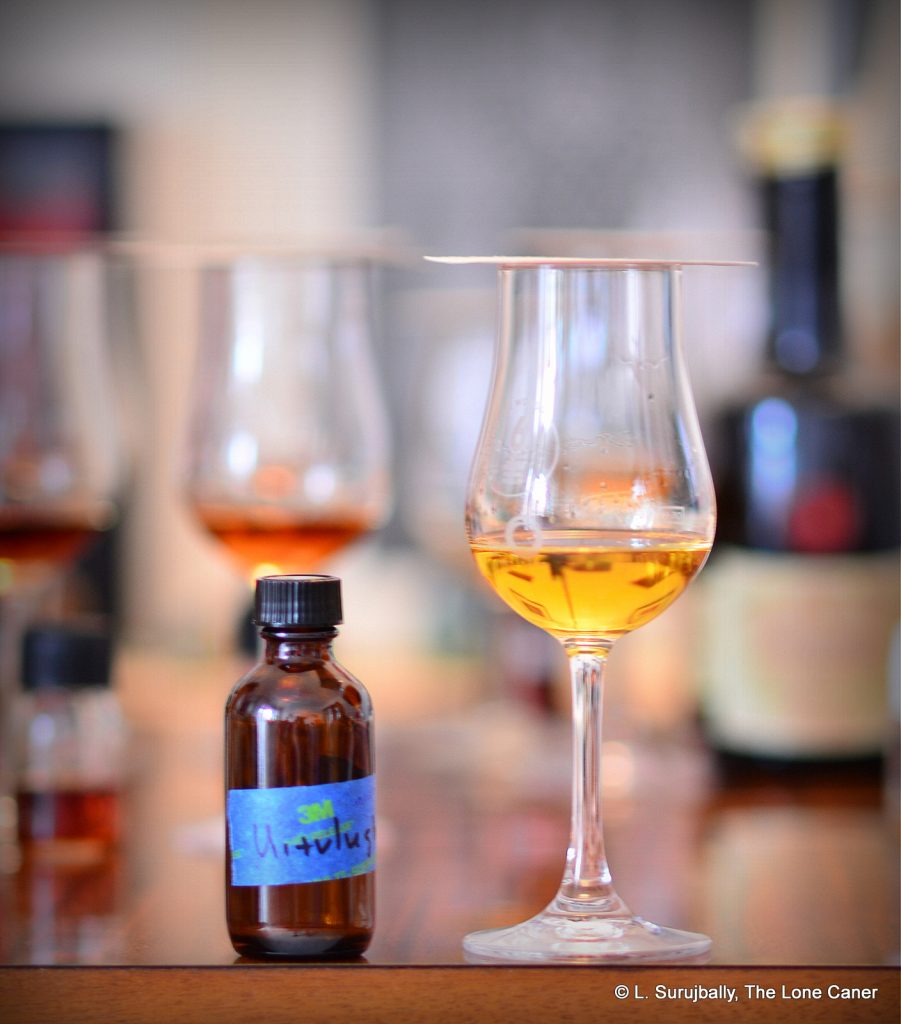

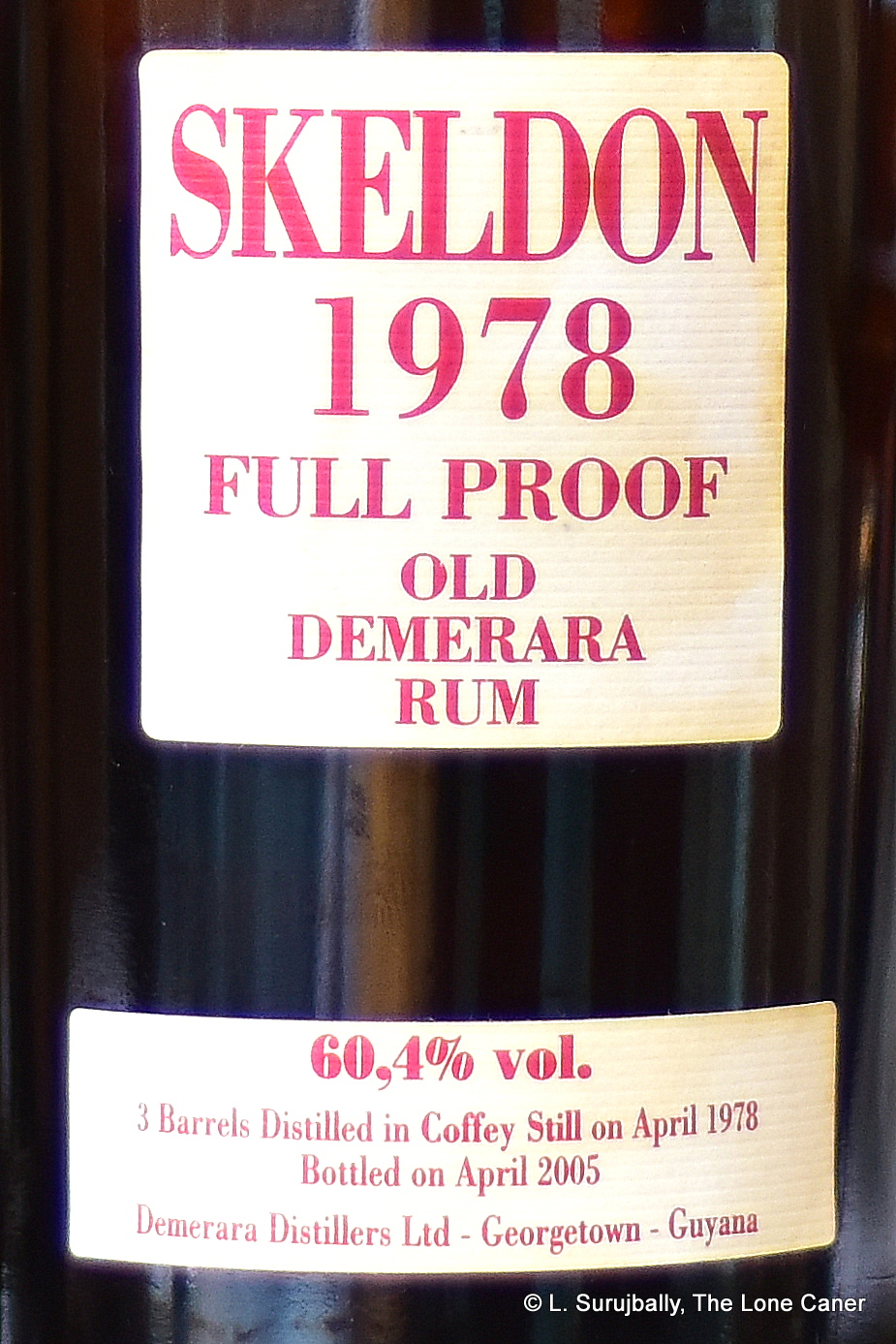 The history of the Skeldon 1978 bottling from a long-dismantled Savalle still is an odd one: the plantation is on the far eastern side of Guyana and the distillery has been shut down since 1960, though the original sugar factory’s remains continue to moulder away there, now replaced by a modern white elephant. It’s possible that the Savalle still which made it was taken elsewhere (Uitvlugt is the unconfirmed suspect) and this distillate hails from there rather than Skeldon — but certainly the “SWR” barrels ended up at Diamond, where Luca saw them gathering dust in the warehouse and convinced Yesu Persaud (the chairman of DDL at the time) to part with them. The 4-barrel 544-bottle outturn of the
The history of the Skeldon 1978 bottling from a long-dismantled Savalle still is an odd one: the plantation is on the far eastern side of Guyana and the distillery has been shut down since 1960, though the original sugar factory’s remains continue to moulder away there, now replaced by a modern white elephant. It’s possible that the Savalle still which made it was taken elsewhere (Uitvlugt is the unconfirmed suspect) and this distillate hails from there rather than Skeldon — but certainly the “SWR” barrels ended up at Diamond, where Luca saw them gathering dust in the warehouse and convinced Yesu Persaud (the chairman of DDL at the time) to part with them. The 4-barrel 544-bottle outturn of the 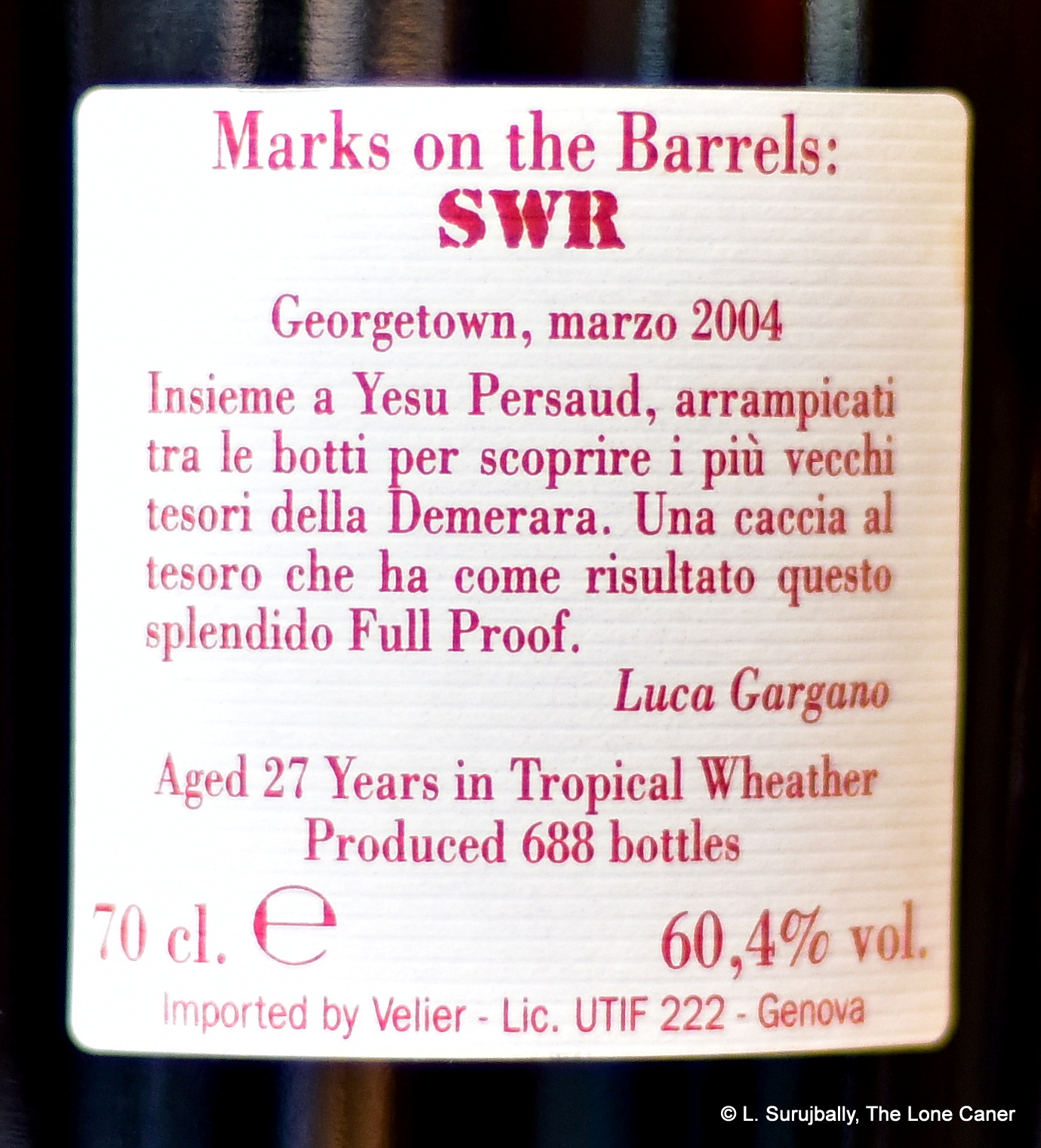 Although things at the Tasting were going faster than I was able to write (and listen), this was not a rum I wanted to be hurried with after waiting so long, and certainly it’s one with which to take one’s time. It unfolded gradually on the tongue, almost languorously and even at 60.4%, it was amazing how entirely under control it remained the entire time. Most of the tastes in the nose carried over, primarily anise, coffee and bitter chocolate, oranges, strong black tea, cumin, and that lentil soup / beef broth meatiness I remarked on earlier. But there were also more muted, subtler hints of papaya and fleshy fruits, aromatic tobacco, flambeed bananas and salty caramel. A rather dry note of over-roasted nuts came into play at the back end, a slight indeterminate bitterness (something like a manager who can never compliment your work without a closing criticism), but fortunately the muskier fruit and creamy notes ameliorated it for the most part. And while the finish was more a last bow on the stage than a true epilogue that added a few extra fillips of flavour, it was in no way disappointing, leaving me with a memory of coffee, nougat, salt caramel ice cream, fruits, raisins, licorice and light chocolate oranges.
Although things at the Tasting were going faster than I was able to write (and listen), this was not a rum I wanted to be hurried with after waiting so long, and certainly it’s one with which to take one’s time. It unfolded gradually on the tongue, almost languorously and even at 60.4%, it was amazing how entirely under control it remained the entire time. Most of the tastes in the nose carried over, primarily anise, coffee and bitter chocolate, oranges, strong black tea, cumin, and that lentil soup / beef broth meatiness I remarked on earlier. But there were also more muted, subtler hints of papaya and fleshy fruits, aromatic tobacco, flambeed bananas and salty caramel. A rather dry note of over-roasted nuts came into play at the back end, a slight indeterminate bitterness (something like a manager who can never compliment your work without a closing criticism), but fortunately the muskier fruit and creamy notes ameliorated it for the most part. And while the finish was more a last bow on the stage than a true epilogue that added a few extra fillips of flavour, it was in no way disappointing, leaving me with a memory of coffee, nougat, salt caramel ice cream, fruits, raisins, licorice and light chocolate oranges.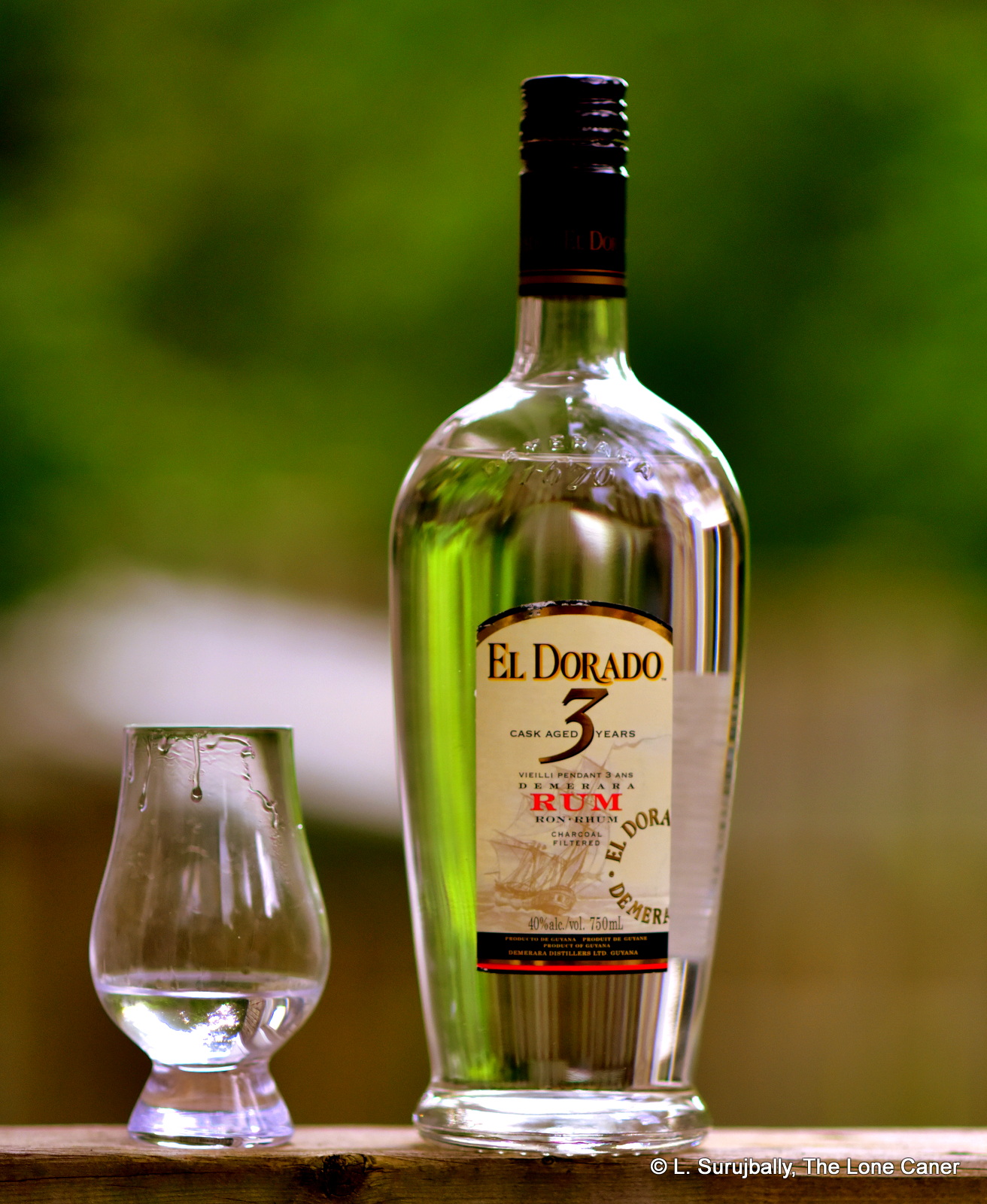
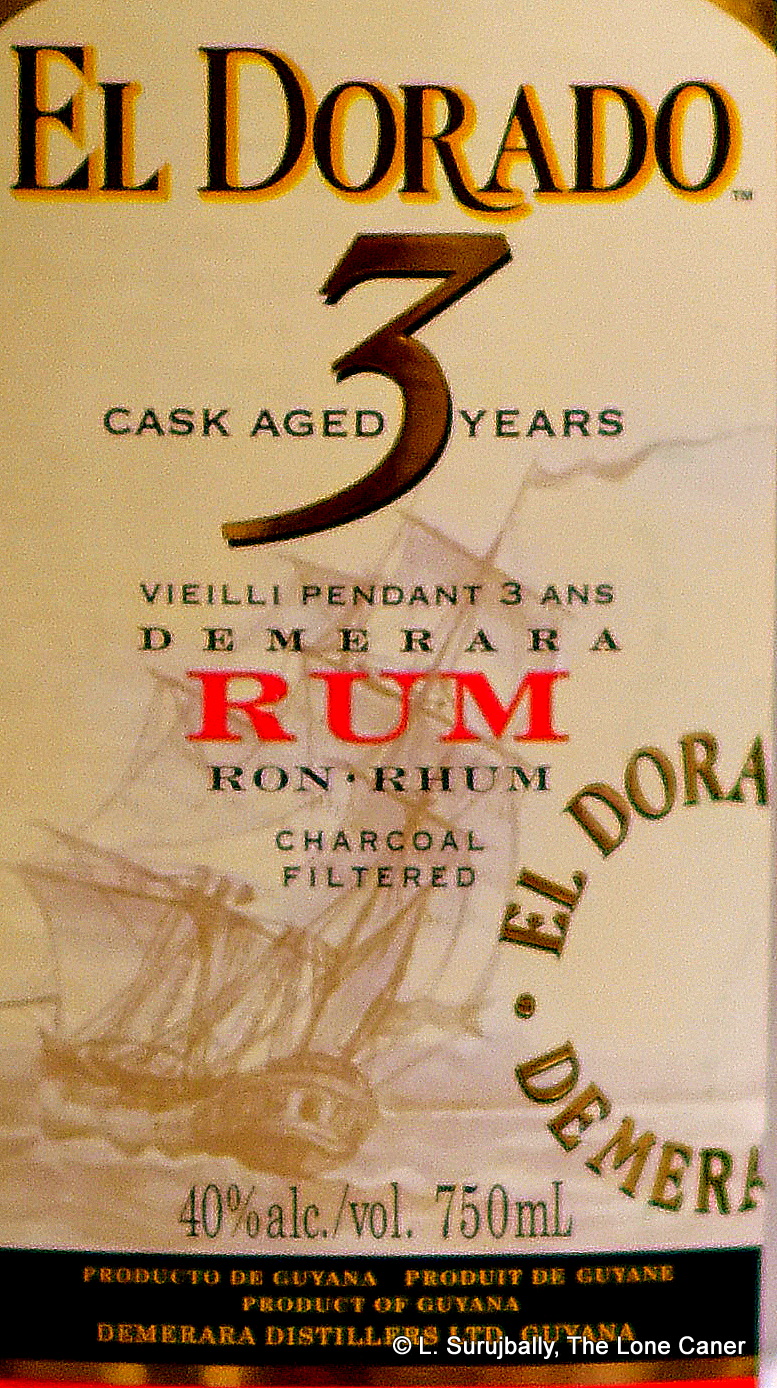 Yeah, 40%. I nearly put the thing back on the shelf just because of that. Just going by comments on FB, there is something of a niche market for well made 45-50% whites which DDL could be colonizing, but it seems that the standard strength rums are their preferred Old Dependables and so they probably don’t want to rock the boat by going higher (yet). I can only shrug, and move on…and it’s a good thing I didn’t ignore the rum, because it presented remarkably well, punching above its weight and dispelling many of my own initial doubts.
Yeah, 40%. I nearly put the thing back on the shelf just because of that. Just going by comments on FB, there is something of a niche market for well made 45-50% whites which DDL could be colonizing, but it seems that the standard strength rums are their preferred Old Dependables and so they probably don’t want to rock the boat by going higher (yet). I can only shrug, and move on…and it’s a good thing I didn’t ignore the rum, because it presented remarkably well, punching above its weight and dispelling many of my own initial doubts.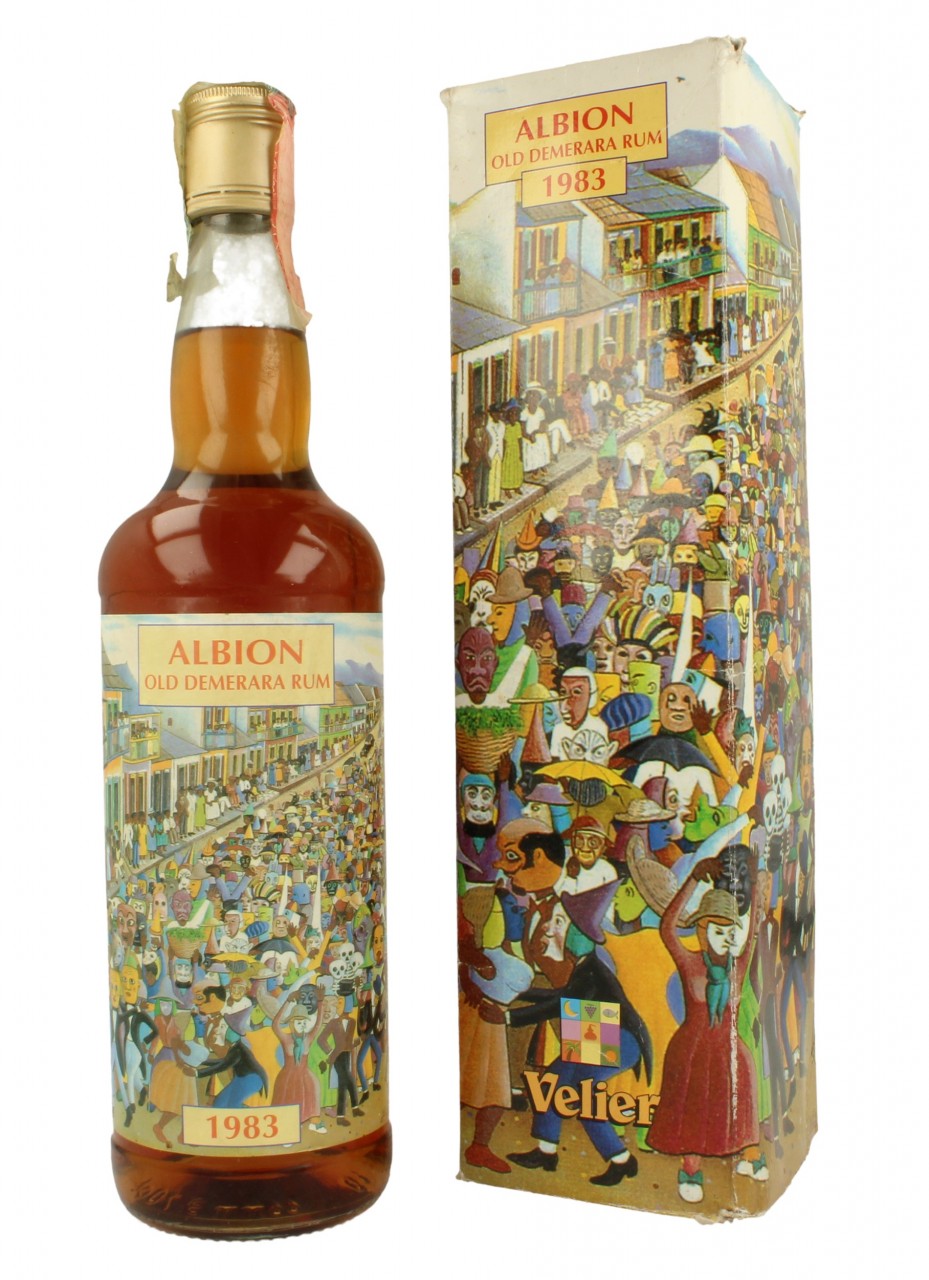
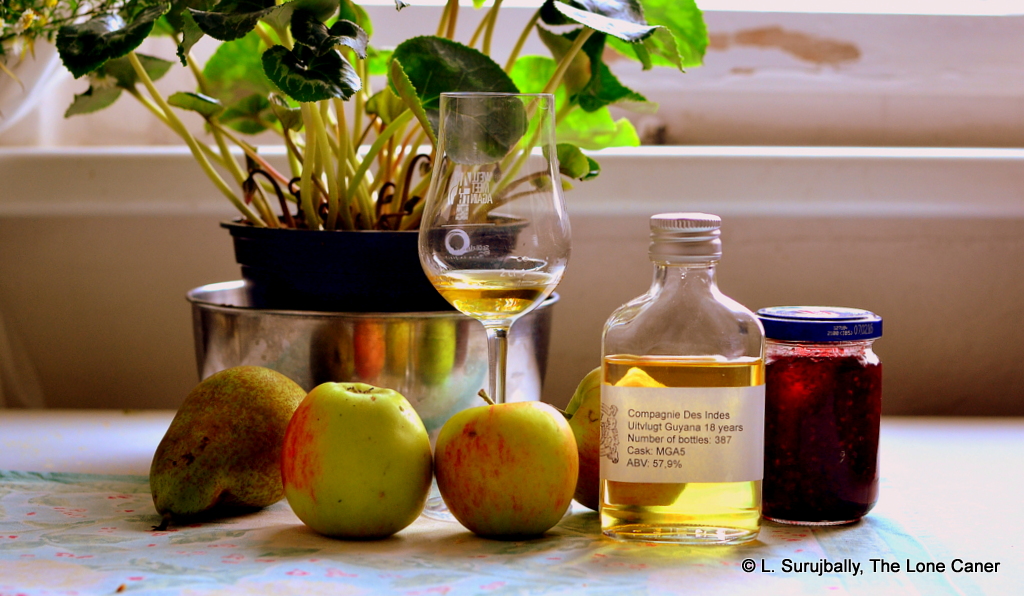
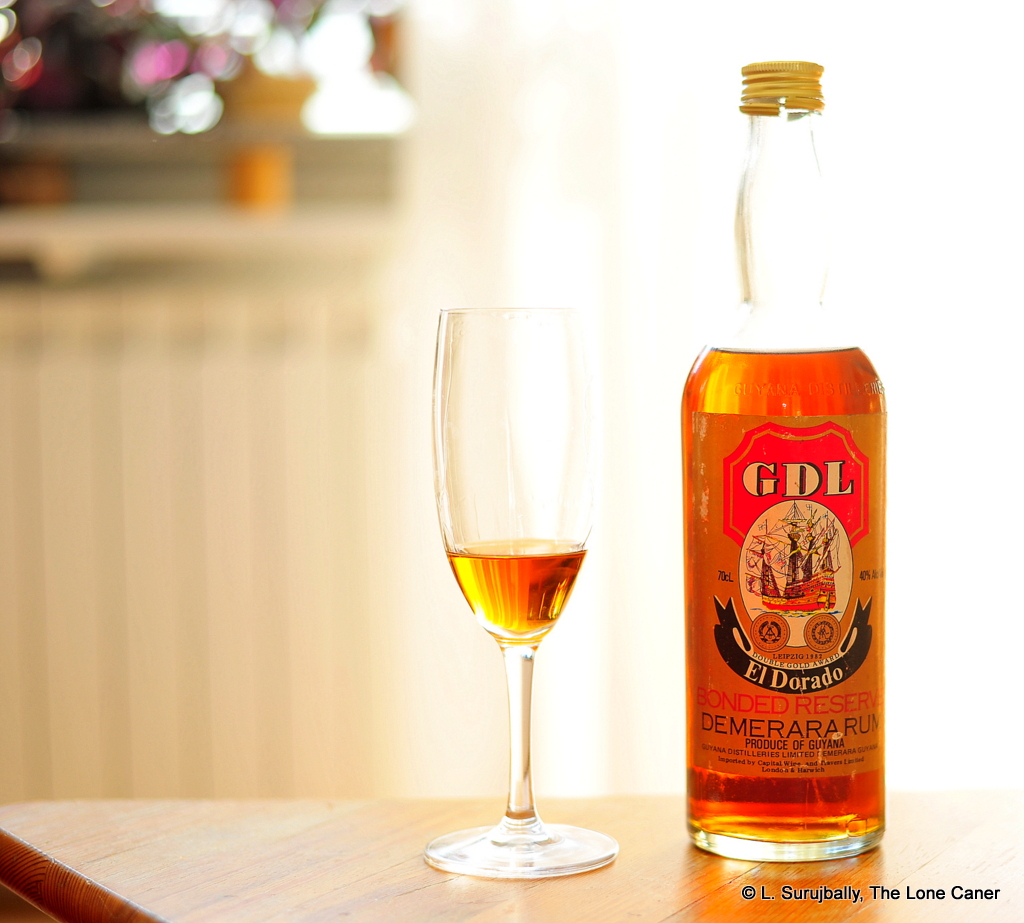
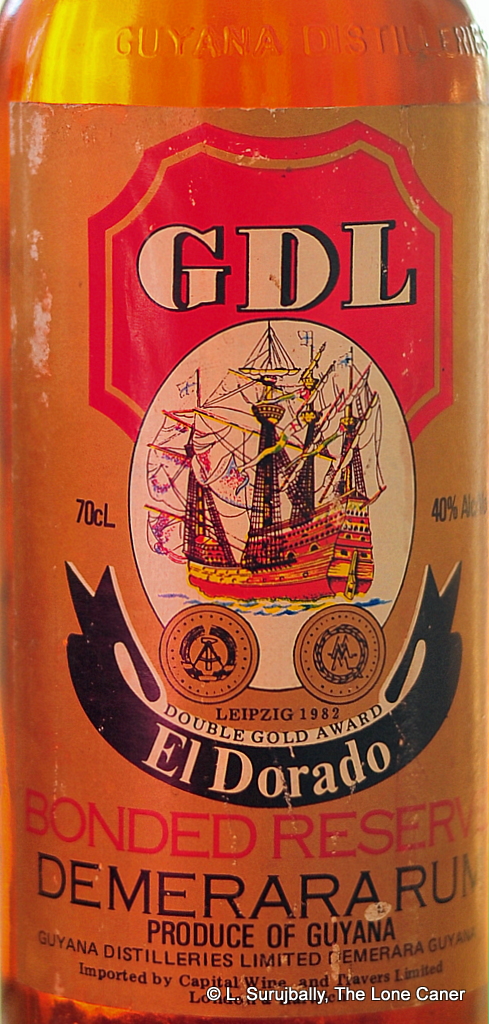 Tasting the Bonded Reserve raised all sorts of questions, and for anyone into Mudland rums, the first one had to be the one you’re all thinking of: from which still did it come? I didn’t think it was any of the wooden ones – there was none of that licorice or fruity intensity here that so distinguishes them. It was medium to light bodied in texture, very feebly sweet, and presented initially as dry – I’d suggest it was a column still product. Prunes, coffee, some burnt sugar, nougat and caramel, more of that faint leather and smoke background, all rounded out with the distant, almost imperceptible murmuring of citrus and crushed walnuts, nothing special. The finish just continued on these muted notes of light raisins and molasses and toffee, but too little of everything or anything to excite interest beyond the historical.
Tasting the Bonded Reserve raised all sorts of questions, and for anyone into Mudland rums, the first one had to be the one you’re all thinking of: from which still did it come? I didn’t think it was any of the wooden ones – there was none of that licorice or fruity intensity here that so distinguishes them. It was medium to light bodied in texture, very feebly sweet, and presented initially as dry – I’d suggest it was a column still product. Prunes, coffee, some burnt sugar, nougat and caramel, more of that faint leather and smoke background, all rounded out with the distant, almost imperceptible murmuring of citrus and crushed walnuts, nothing special. The finish just continued on these muted notes of light raisins and molasses and toffee, but too little of everything or anything to excite interest beyond the historical.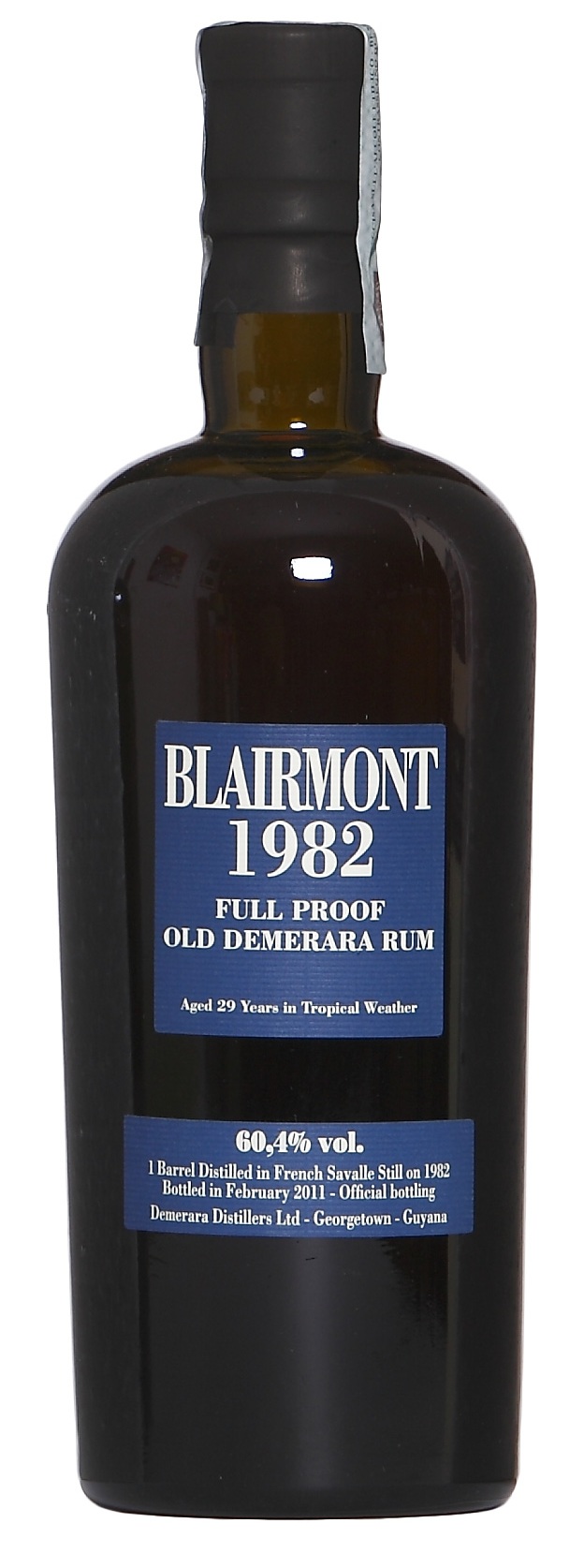 Rumaniacs Review 015 | 0415
Rumaniacs Review 015 | 0415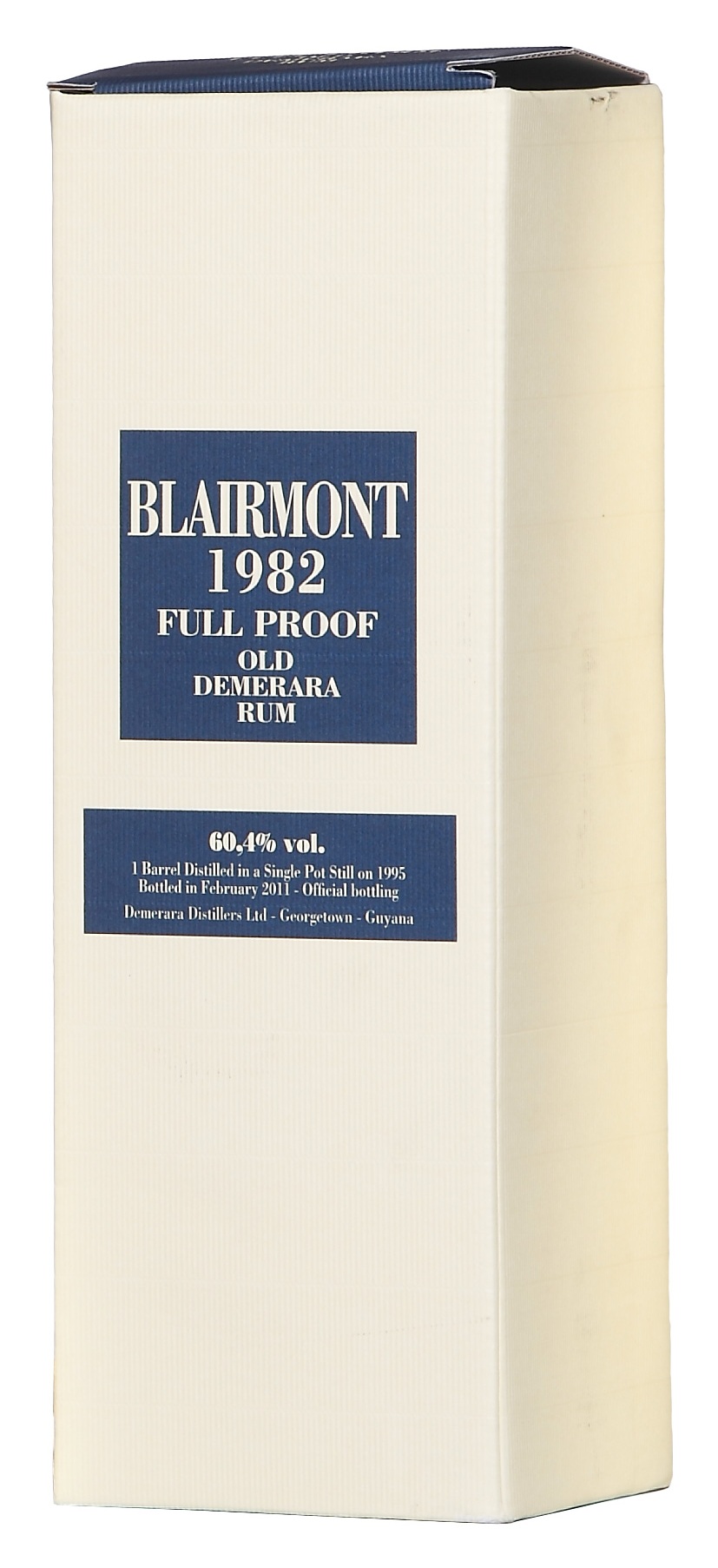
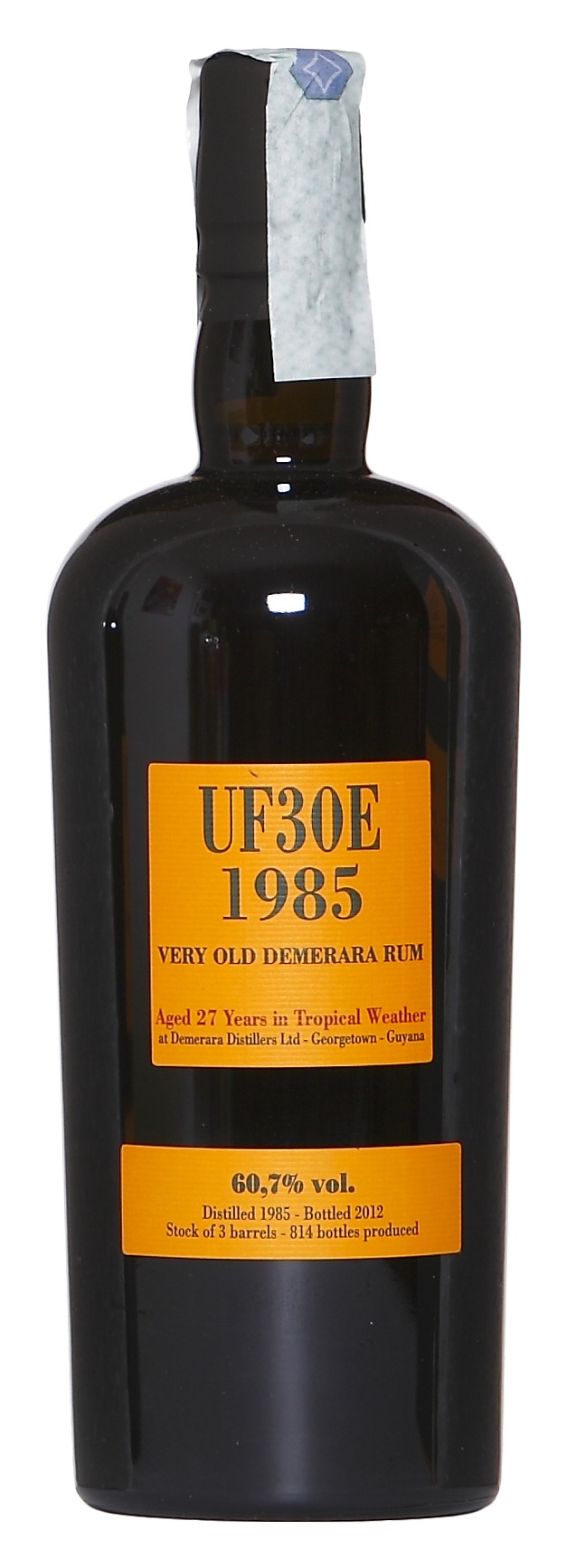 Rumaniacs Review 011 | 0411
Rumaniacs Review 011 | 0411